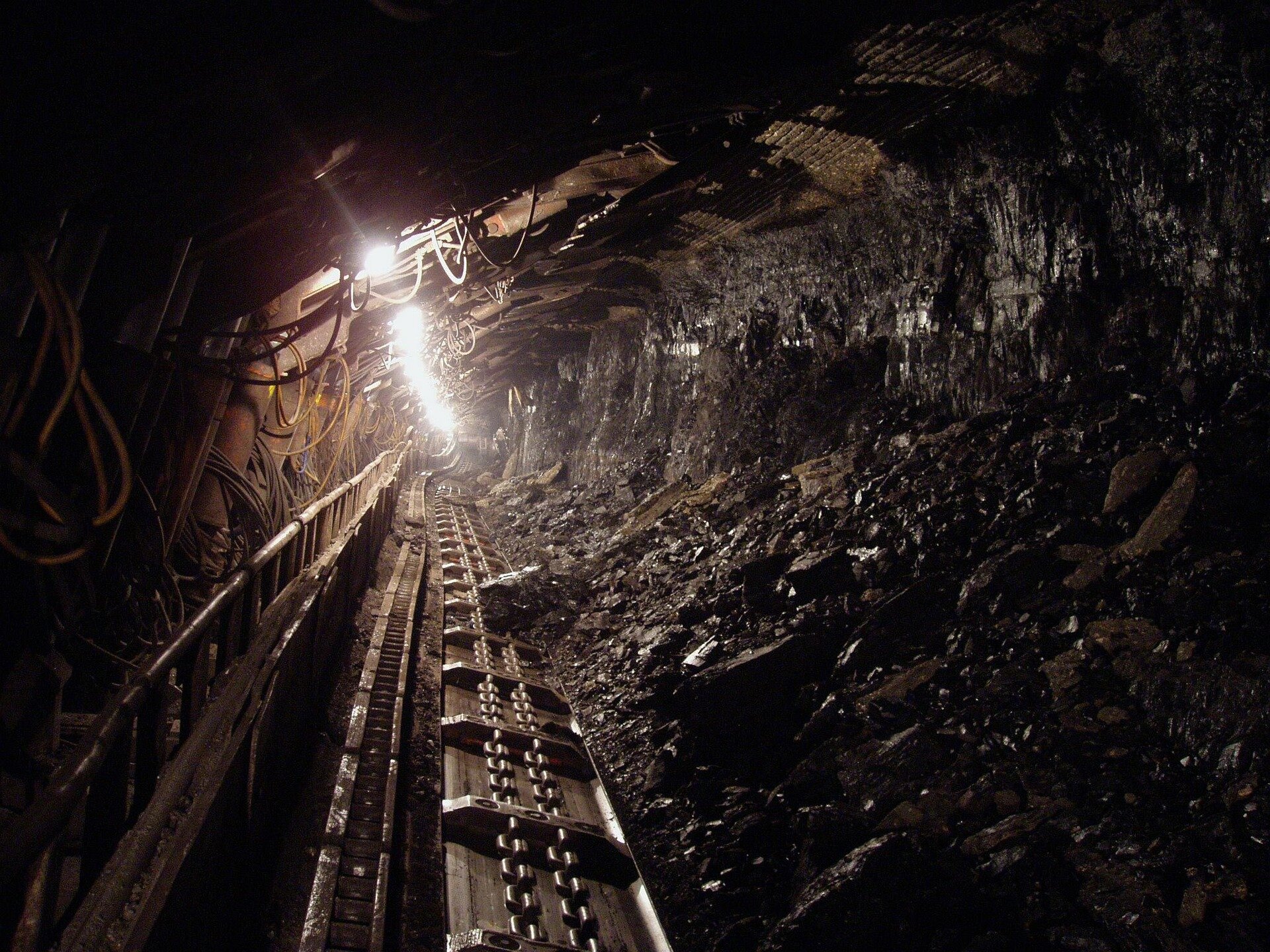- Southwest Airlines raises summer revenue forecast, authorizes $2.5 billion in share buyback
- China's Xi and top leaders call for halting real estate decline, responding to public concerns
- Google venture arm backs startup aiming to bring mixed reality to any car windshield or plane cockpit
- David Tepper says the Fed has to cut rates at least two or three more times to keep credibility
- Swiss central bank cuts rates by a quarter point in third trim this year
What do you believe is the single most important factor driving up the cost of living in Nigeria?

Why the gender gap in physics has been stable for more than a century
As a physicist and data scientist with a keen interest in gender inequality, Fariba Karimi was amazed to discover that the gender gap in physics has remained almost unchanged since 1900. As the citation and coauthorship networks in physics expand, women still make up a small proportion—and the gaps between male and female are getting larger in terms of absolute numbers.
"With roughly the same number of men and women in the world, we should expect this gap to close in an equal society. But what we see in reality is a persistent gap in physics over time," says Karimi, from the Complexity Science Hub.
"This gap was puzzling me. Why is this happening and when will this gap close?," adds Karimi, also a professor at Graz University of Technology. Together with computer scientist Jun Sun, from the Leibniz Institute for the Social Sciences, Karimi decided to investigate why these inequities persist.
In a paper, titled "Emergence of group size disparity in growing networks with adoption," published in Communications Physics, Karimi and Sun introduce a model that combines two key mechanisms—generalized preferential attachment and asymmetric mixing—to explain the enduring disparities observed in academic networks.
First, a look at real-world dynamics

- September 26, 2024
Biologists sequence proteins by pulling them through nanopores

- September 26, 2024
FG, Zipline to scale drone infrastructure

- September 26, 2024
Free SHS praised for its immense impact on Ghanaians, especially Denkyira



- September 26, 2024
Police are probing a cyberattack on Wi-Fi networks at UK train stations


- September 26, 2024
Tools for simplifying startup operations


- September 26, 2024
A method of 'look twice, forgive once' can sustain social cooperation


- September 26, 2024
New study shows AI can forecast mining disasters
Subscribe to our mailing list to get the new updates!

Subscribe our newsletter to stay updated
Thank you for subscribing!


